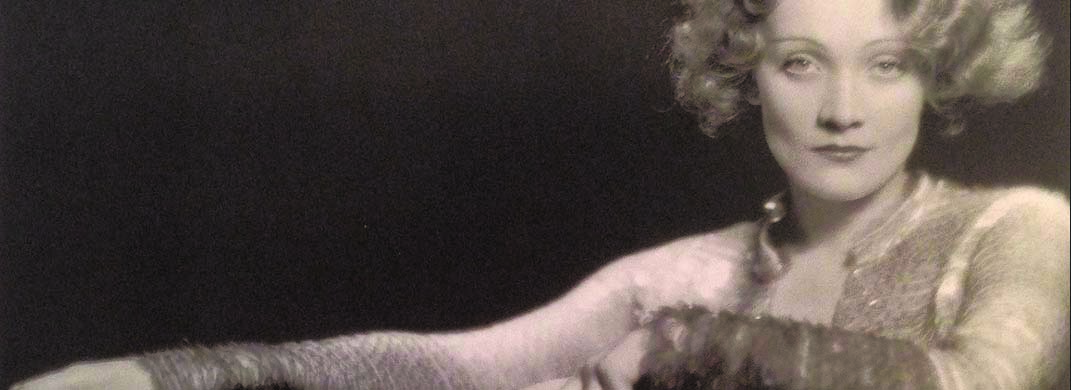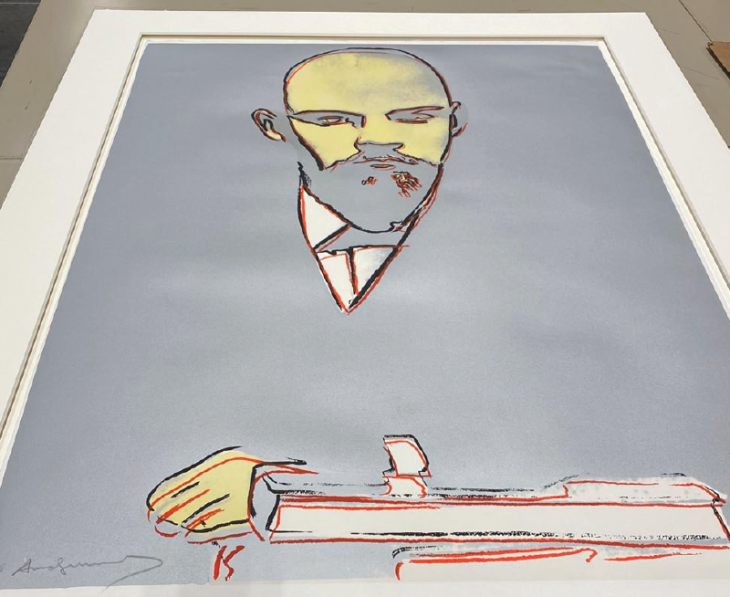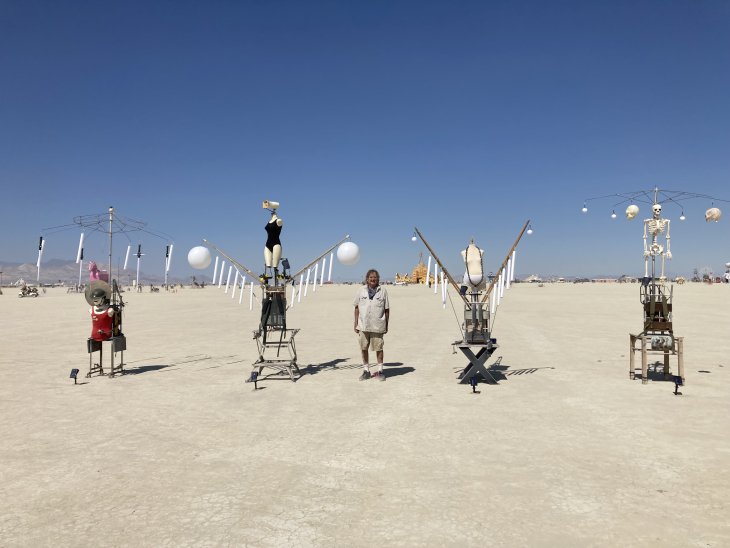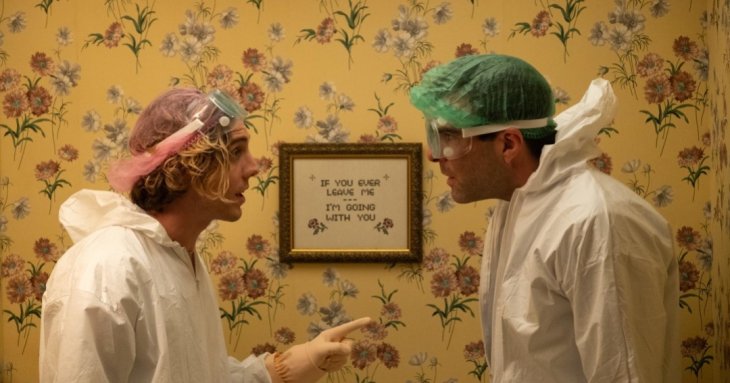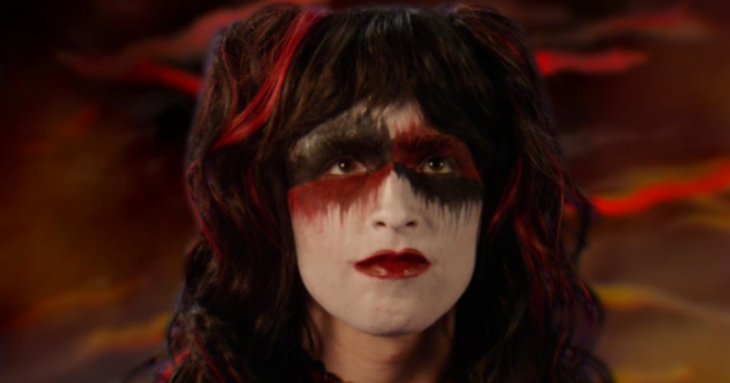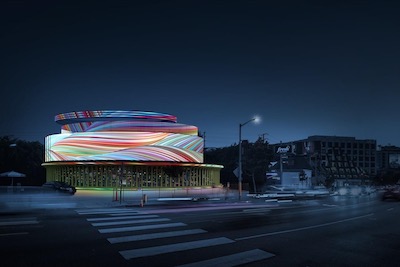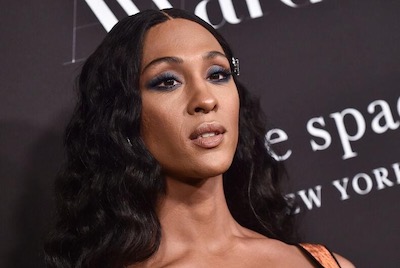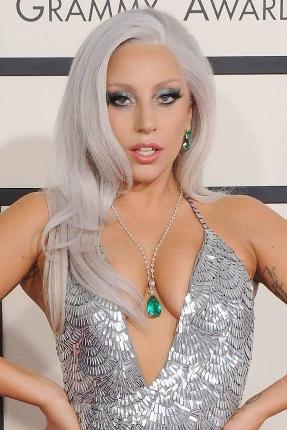If you know anything about ‘30s glamor icon Marlene Dietrich, you’ll know that she kissed a girl (and liked it) in 1930’s “Morocco,” while wearing an exquisite suit and tie. Did we mention this was 1930? And that, for Dietrich, drag wasn’t even that unusual? Well, that’s just the kind of legend she was.
As a German import to Hollywood and the face, along with Greta Garbo, of Hollywood’s ‘exotic’ new legion of talkie stars, Dietrich symbolized an approach to sexuality that went beyond black and white. From her iconic same-sex kiss in “Morocco” to her gender-bending turns in films like “Blonde Venus” and “The Devil is a Woman,” Dietrich was almost single-handed responsible for queering the Hollywood glamor paradigm in the ‘30s and beyond.
The National Portrait Gallery at the Smithsonian has seen fit to honor Dietrich’s contributions to queerness in a new exhibit, opening June 16. In collaboration with the Deutsche Kinemathek and Marlene Dietrich Collection Berlin, “Marlene Dietrich: Dressed for the Image” presents stills and portraits from Dietrich’s most iconic performances, showcasing the avant-garde, androgynous fashion that shaped her image onscreen from the late ‘20s to the ‘50s. Dietrich’s sense of fashion was daring for a time when women were expected to dress for men. Her sense of dressing for oneself, and projecting an untouchable, androgynous image of self for the camera, was a radical concept in early Hollywood. Historian Kate C. Lemay has curated a gallery of some of Dietrich’s most iconic looks to finally honor the true work the actress did within the limitations of Hollywood’s rigid gender roles.
Marlene Dietrich: Dressed for the Image runs from June 16 to April 15, 2018.

